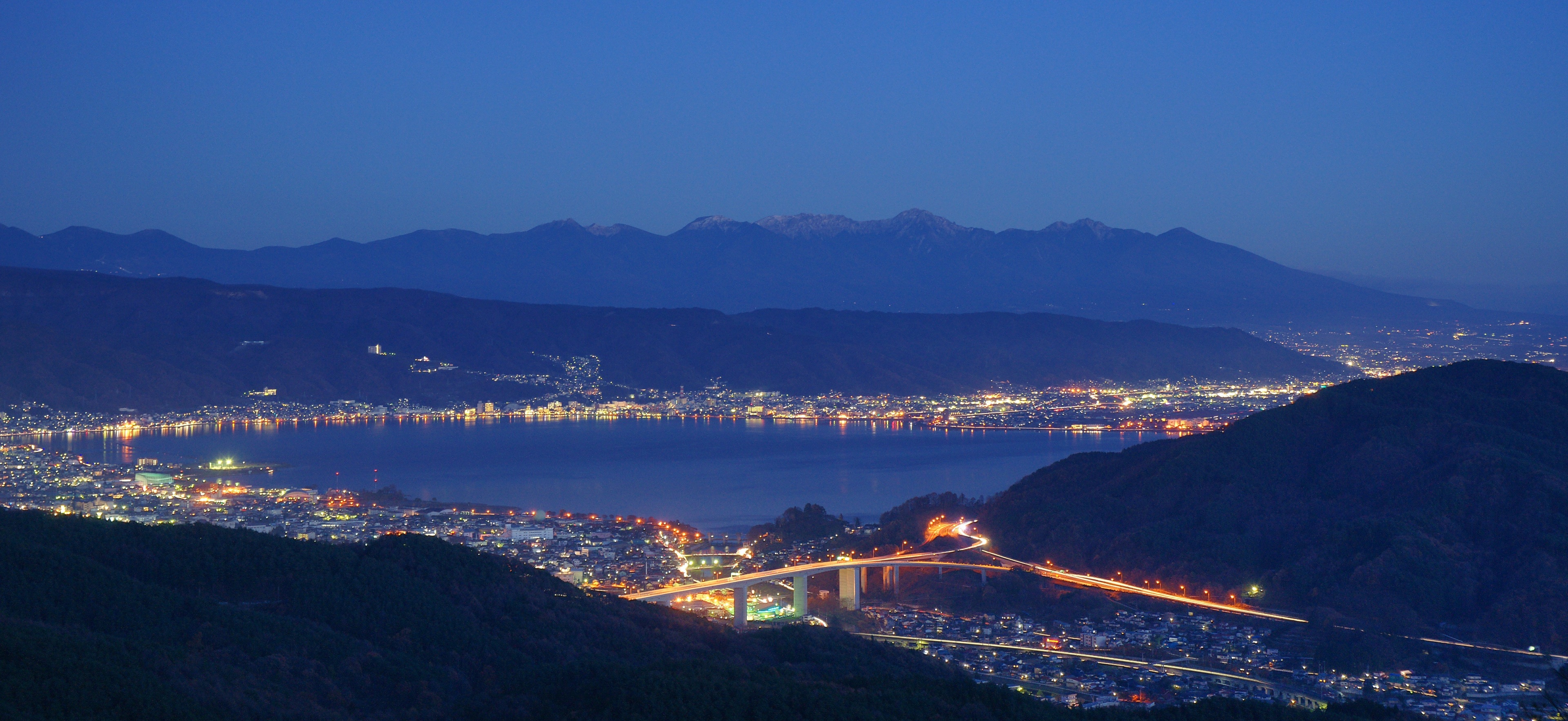 About Suwa
About Suwa
The Suwa area, can be reached in about 2 hours from the Tokyo metropolitan area on the Chuo Expressway/JR Chuo Main Line.
There you can experience magnificent nature such as Yatsugatake, Lake Suwa, and the highlands.
Enjoy a journey in which you will rediscover Japan in the Suwa area where traditional culture and life come alive, including historical traditions that have been passed down since the Jomon era, the Suwa Taisha Shrine which is known for the majestic Onbashira festival, the fermentation culture of products including sake and miso, and abundant hot springs.
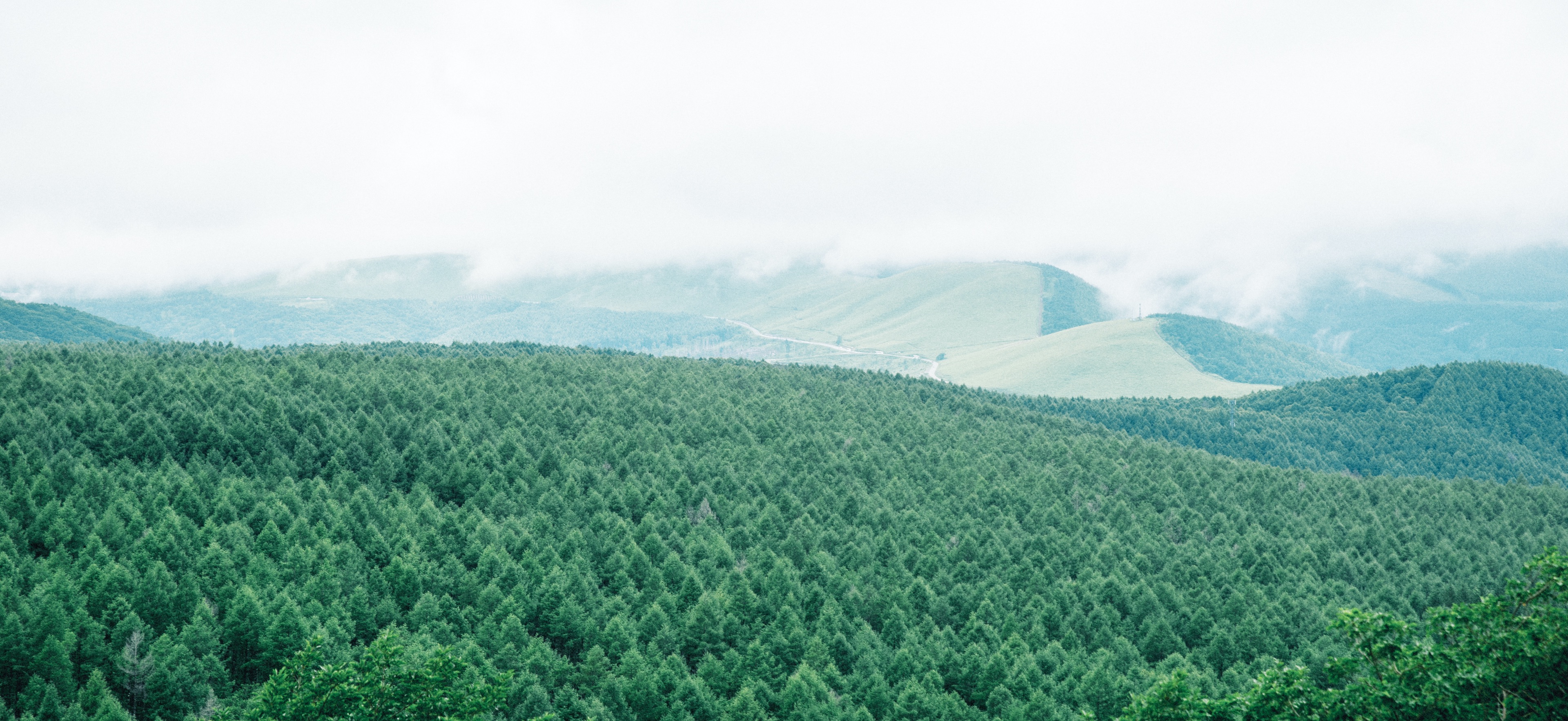 Nature
Nature
With Lake Suwa which has been in close contact with people’s lives, the magnificent Yatsugatake and the Kirigamine Highlands where a variety of plants inhabit the area, the Suwa area is a land surrounded by rich nature.
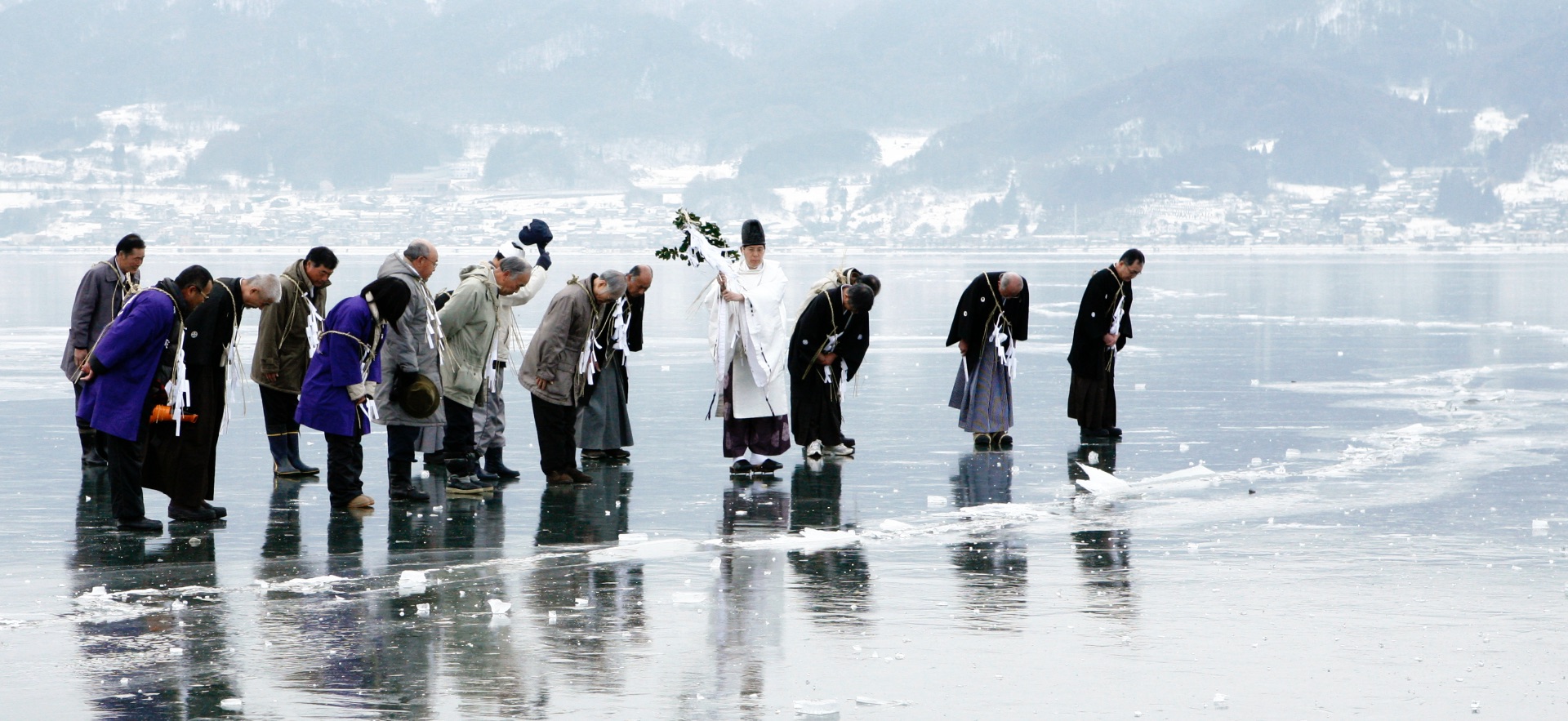
This abundant nature has been linked to the faith enshrined at Suwa Taisha Shrine that surrounds Lake Suwa, including the Omiwatari cracks that form on the lake in the winter. You can feel the origin of the faith of Suwa Taisha Shrine, which has more than 10,000 Sessha and Massha auxiliary shrines nationwide.
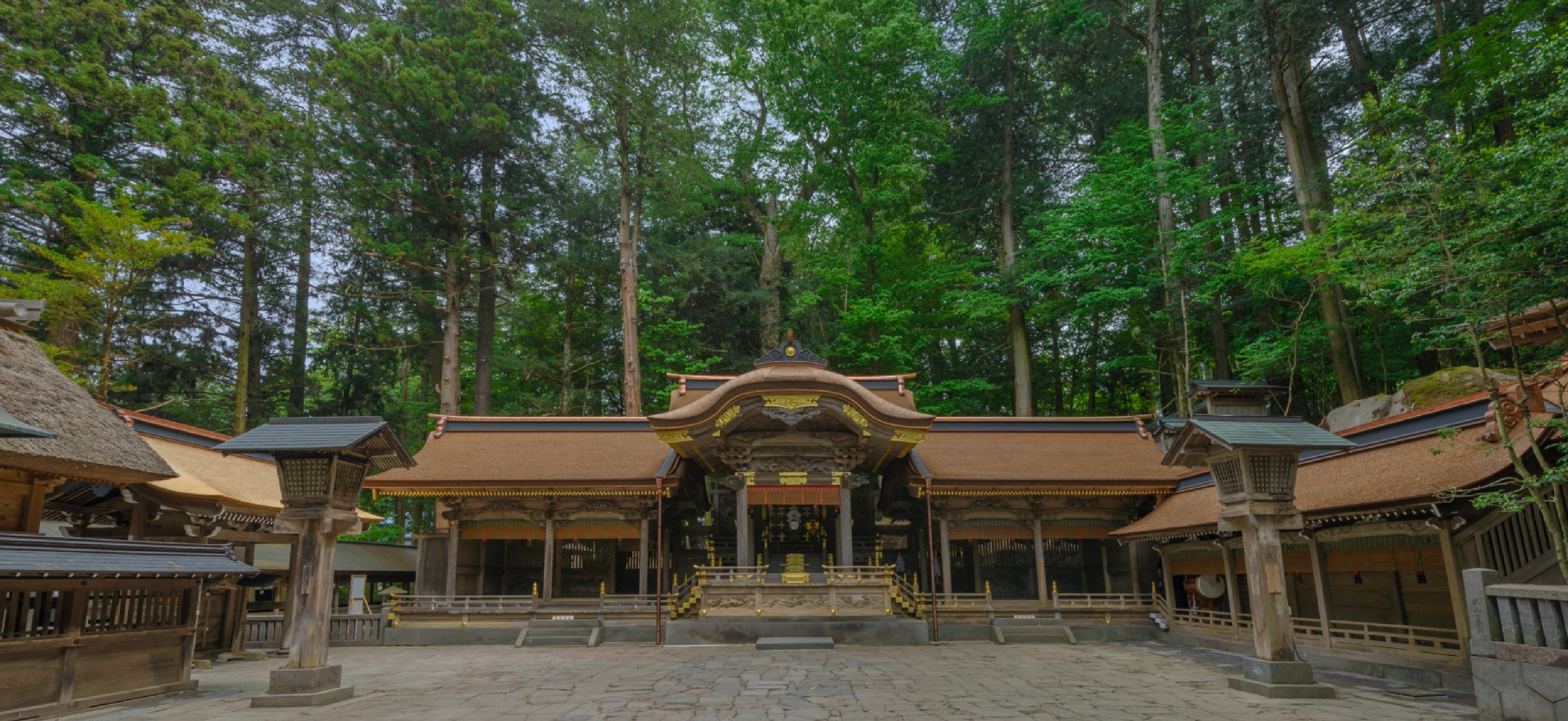 Suwa Taisha Shrine
Suwa Taisha Shrine
Suwa Taisha Shrine is the Ichinomiya (highest-ranked shrine) of ancient Shinano region and head of the 10,000 Suwa Shrines found all over Japan.
It has one of the oldest shrines in Japan, with entries related to Kojiki and Nihon Shoki Chronicles of Japan).
You can still feel the ancient faith that originated from the nature of the Suwa area.
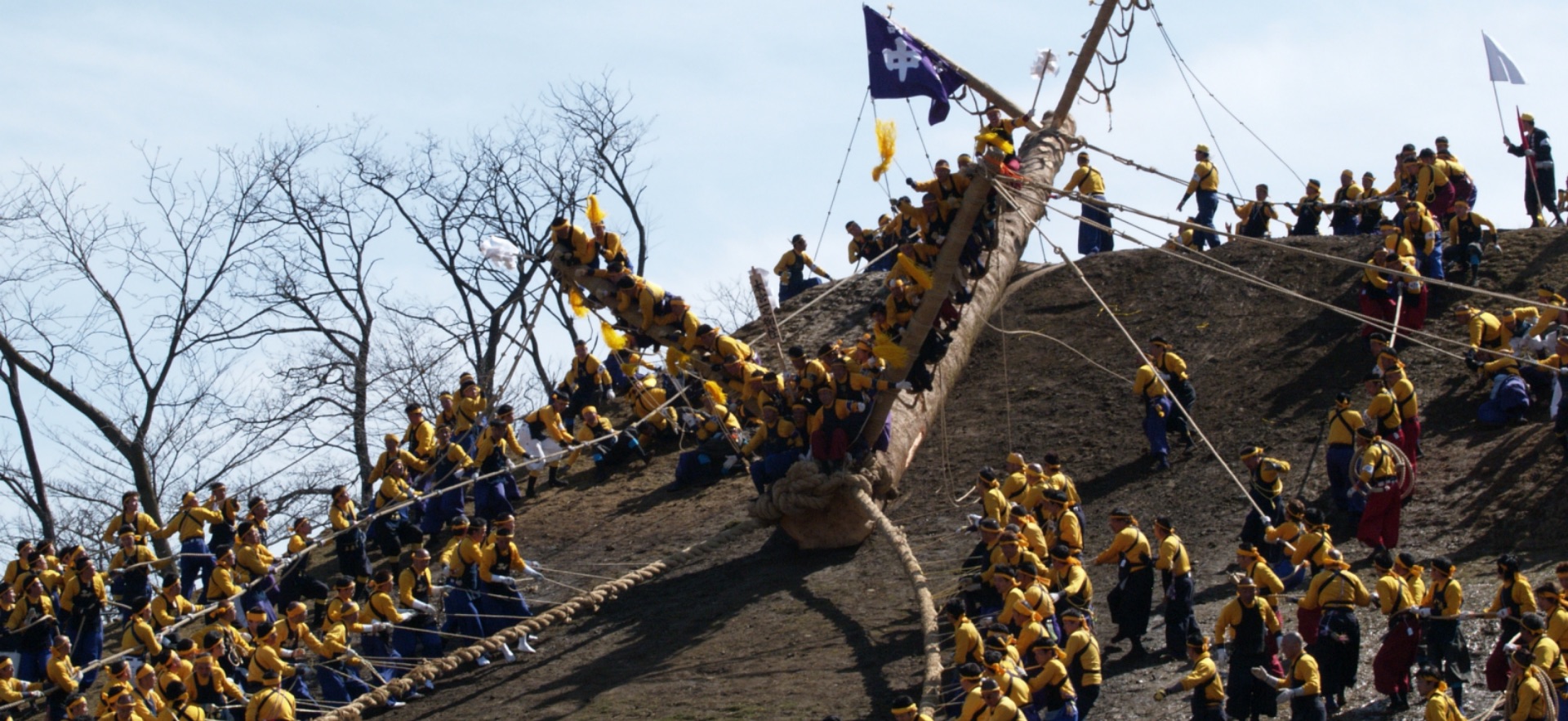
Suwa Taisha has four main shrines that surround Lake Suwa, including Maemiya and Honmiya on the Kamisuwa (upper) side, and Harumiya and Akimiya on the Shimosuwa (lower) side, each with their different characteristics.
Many people visit all four shrines to collect goshuin stamps.
In addition, the largest Shinto ritual of Suwa Taisha is the Onbashira Festival, held once every seven years.
This festival, which has continued for more than 1,200 years, is filled not only with history and faith but also with the spirit and thoughts of Suwa’s people.
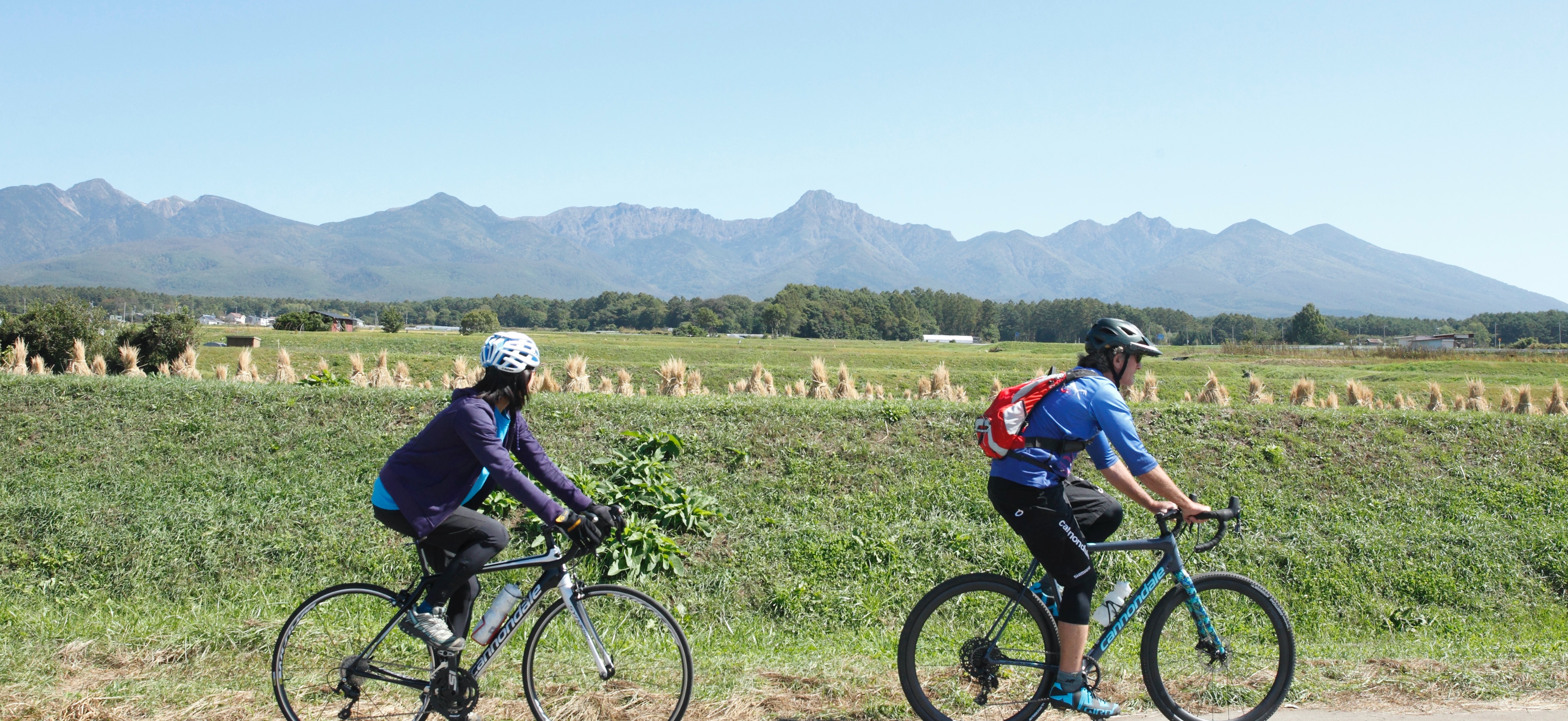 Mt. Yatsugatake
Mt. Yatsugatake
The foothills of Yatsugatake are known as a treasure trove of mountain beauty, primeval forests, and alpine plants unique to the Shinshu mountains.
You can enjoy various activities throughout the year in the extensive plateau area containing clear air.
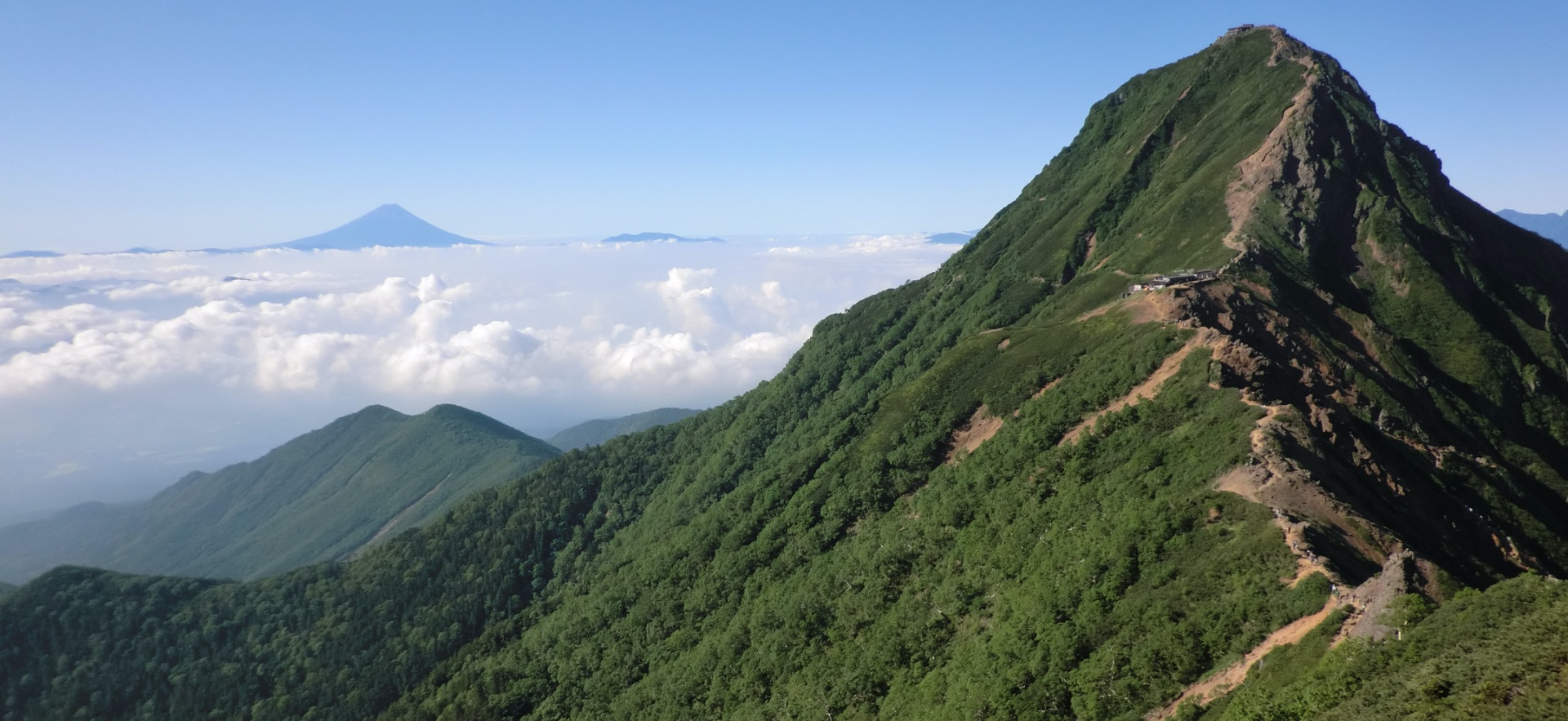
Mt. Yatsugatake, extending through Nagano and Yamanashi prefectures in the central part of Honshu, is an alpine spot where you can enjoy full-fledged hikes in a relatively short amount of time thanks to the short distance from the trailhead to the ridgeline regardless of having an altitude of almost 3,000 meters.
Make sure you prepare well for safe hiking.
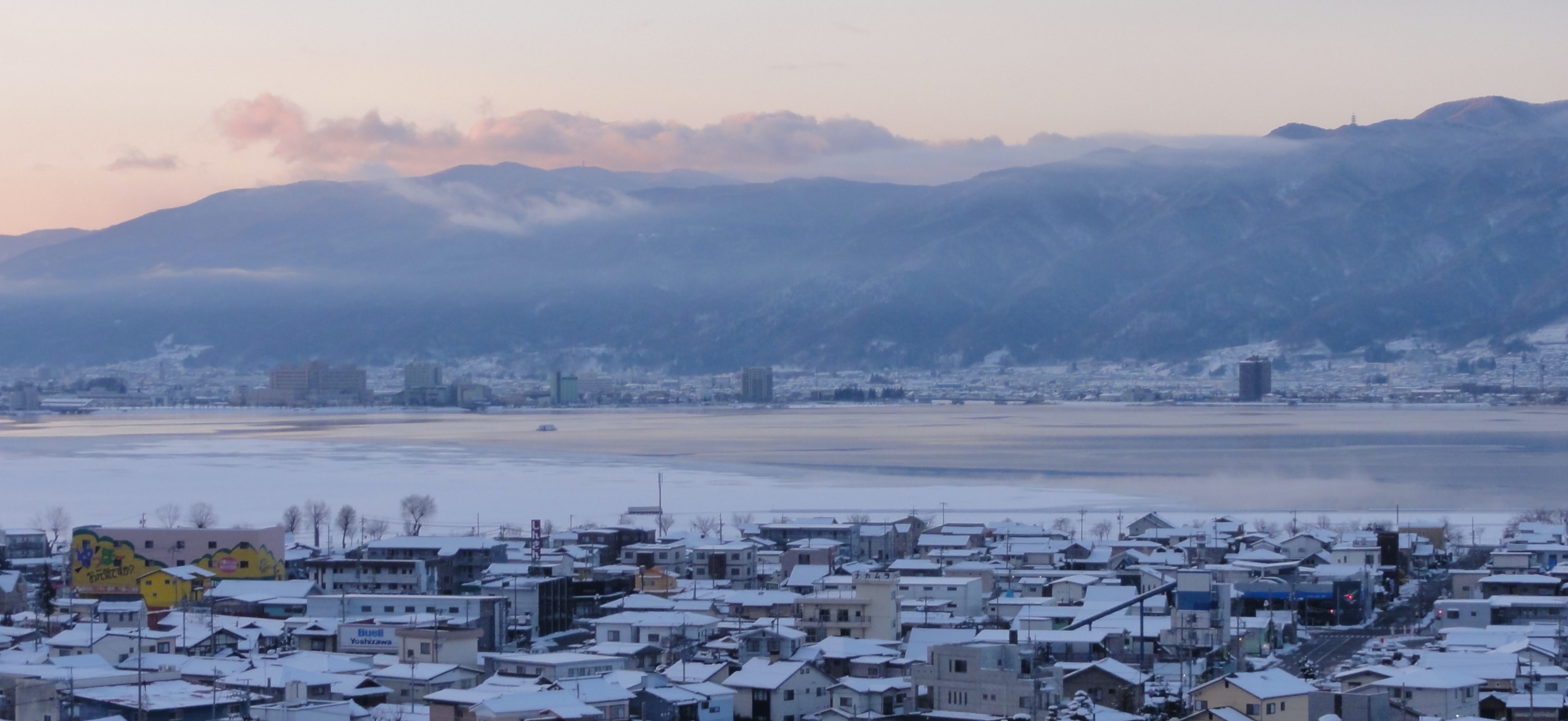 Suwa Lake
Suwa Lake
Lake Suwa, the largest lake in Shinshu.
Many people come for walks or to take photos of this lake which appears different depending on the season and time.
The lake, also considered to be the center of Suwa, provides special views.
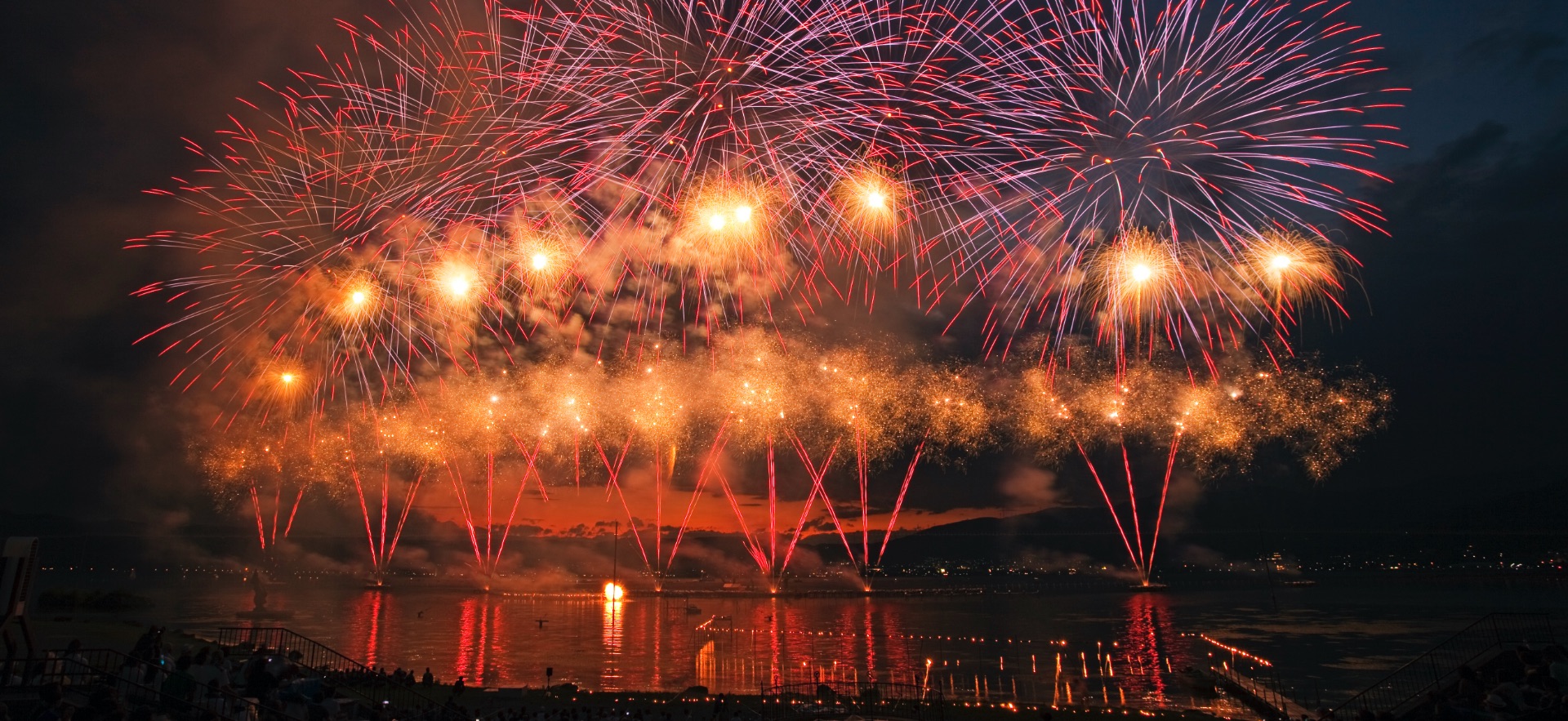
Every year on August 15, the largest fireworks display in Japan is held.
About 500,000 people visit every year to witness the powerful sounds produced by the unique appearance and terrain surrounded by mountains on all sides and stage effects unique to shooting off from the lake surface.
During the harsh winter months, the “Omiwatari” cracks which lift up on the frozen lake surface may appear.
“Omiwatari” is associated with the faith of Suwa Taisha and has long been regarded as a symbol of the mystery of Lake Suwa.
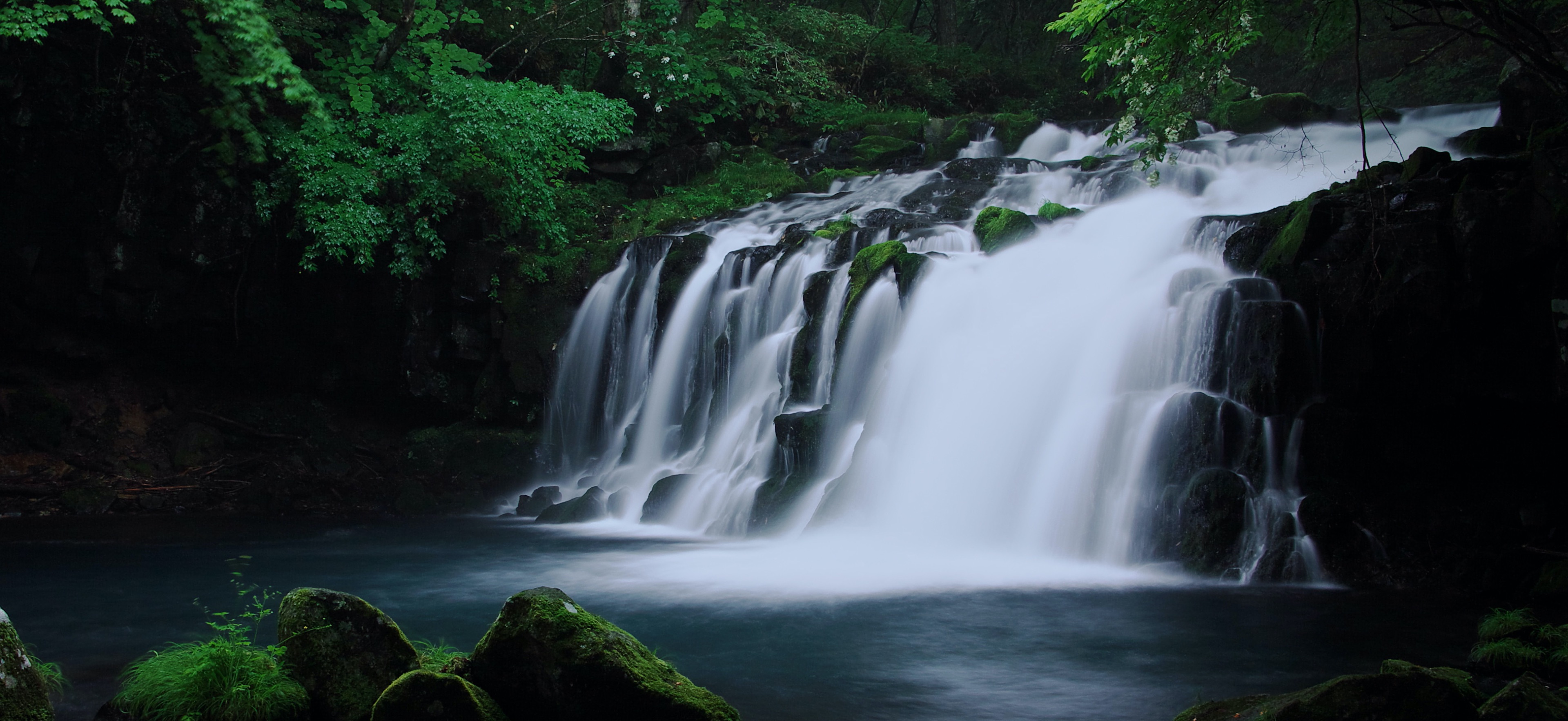 Tateshina
Tateshina
The Tateshina area has long been popular as a historical summer resort and hot spring resort.
This highland resort offers various activities ranging from leisure to relaxation, such as driving, canoeing, fishing, and hiking during the green season, the best autumn leaves in Shinshu, and skiing and snowboarding in the winter.
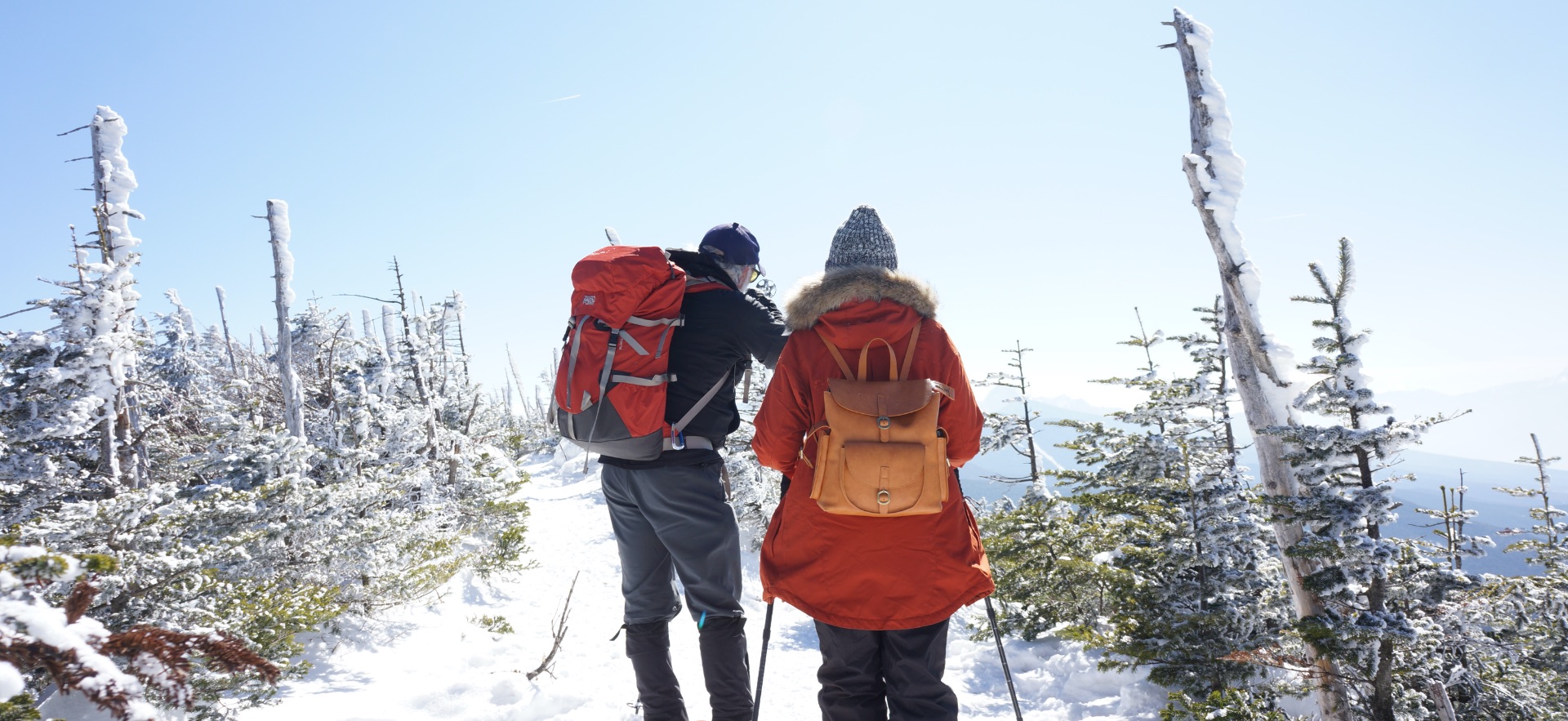
There are many walking spots such as the Kita Yatsugatake Ropeway where you can climb up to an altitude of 2,240 m, Shouko-ji temple, a famous cherry blossom viewing spot where you can enjoy about 300 Yoshino cherry trees, sculptures and gardens, lakes, and more, providing a different look each time you visit.
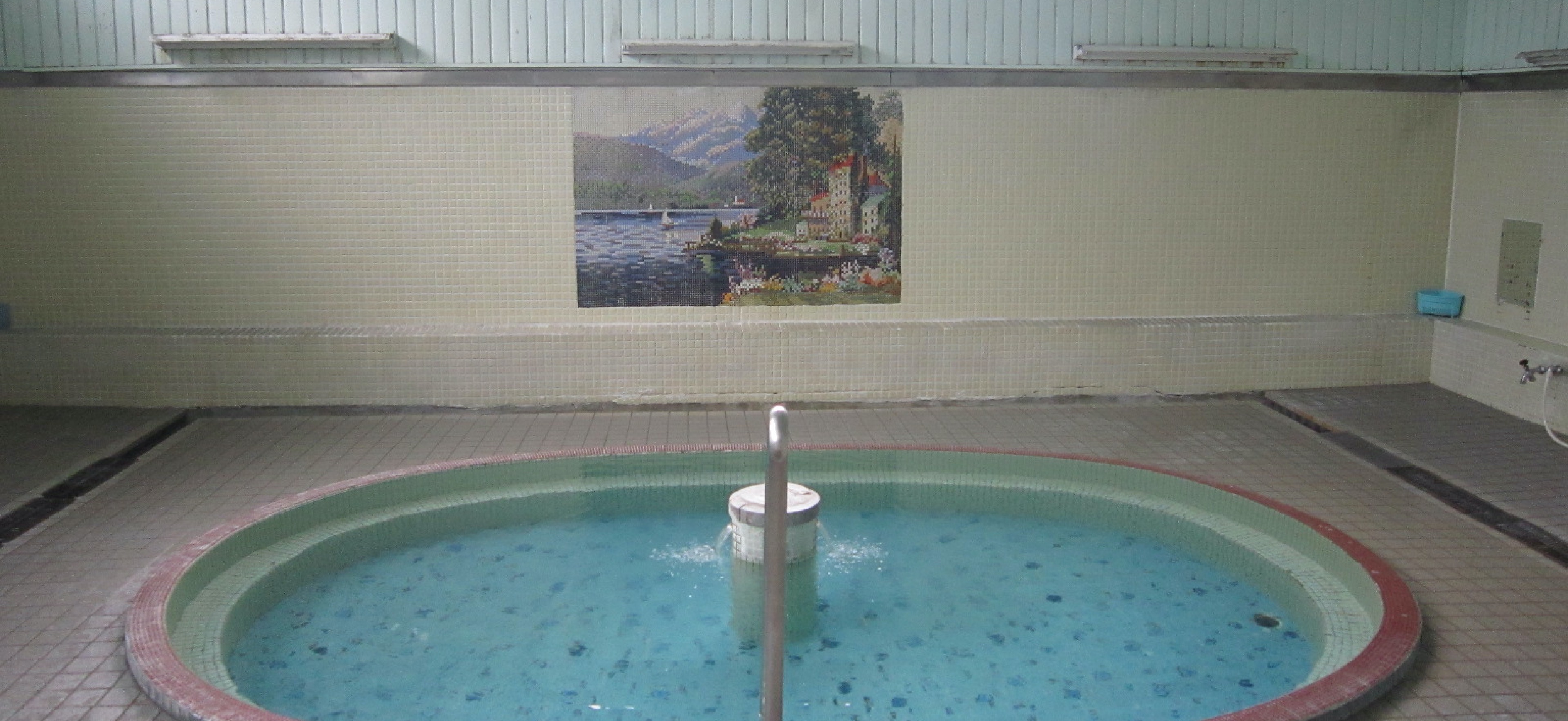 Hot springs
Hot springs
The Suwa area is a hot spring paradise with abundant natural hot spring sources. There are believed to be over 500 hot spring sources in Kamisuwa, 20 in Shimosuwa, and many inns with their own unique springs.
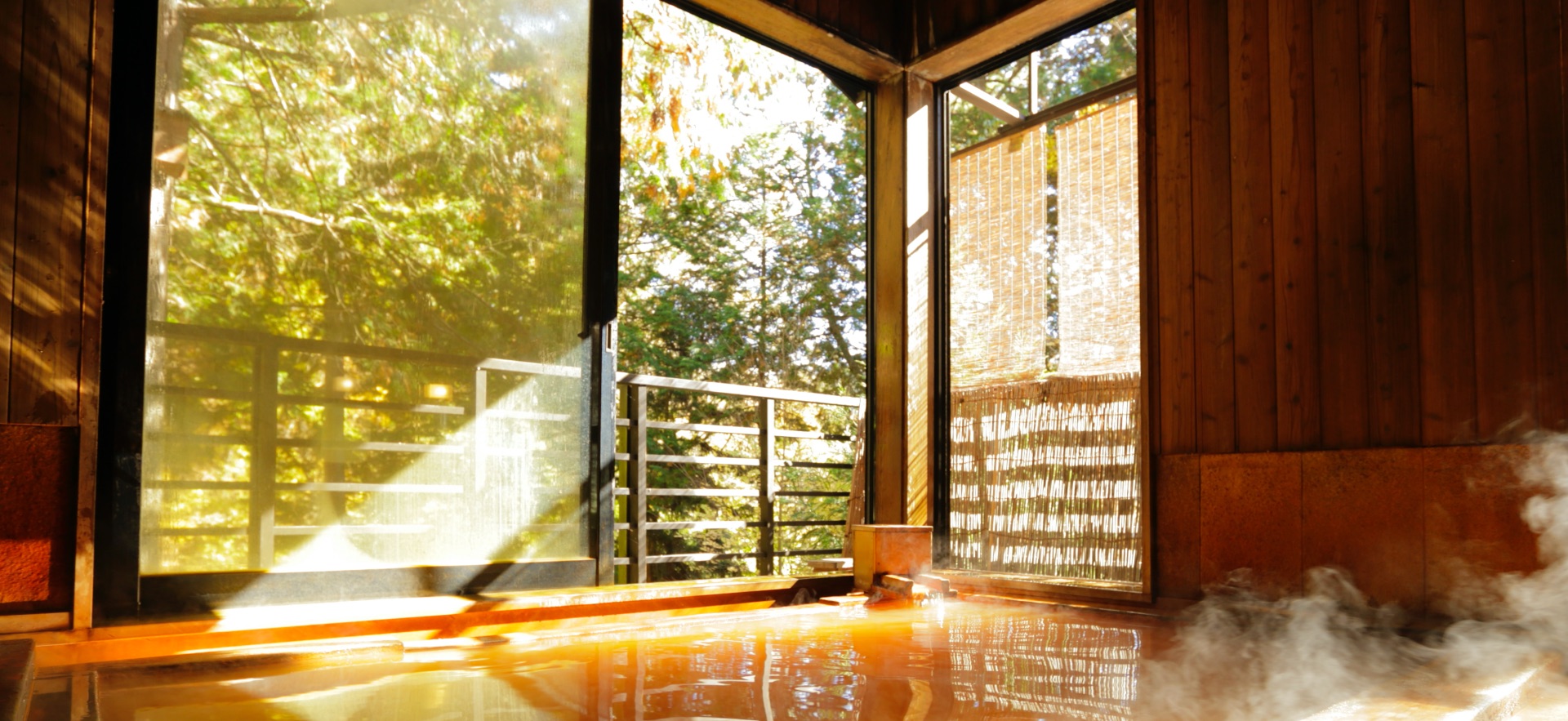
The hot springs in the Suwa area have long been popular as “Kami no Yu.”
There are many legends related to Suwa Taisha particularly in Kamisuwa Onsen, Shimosuwa Onsen, and Tateshina Onsen.
The secret hot spring known as a hidden hot spring of Lord Shingen Takeda is also popular.
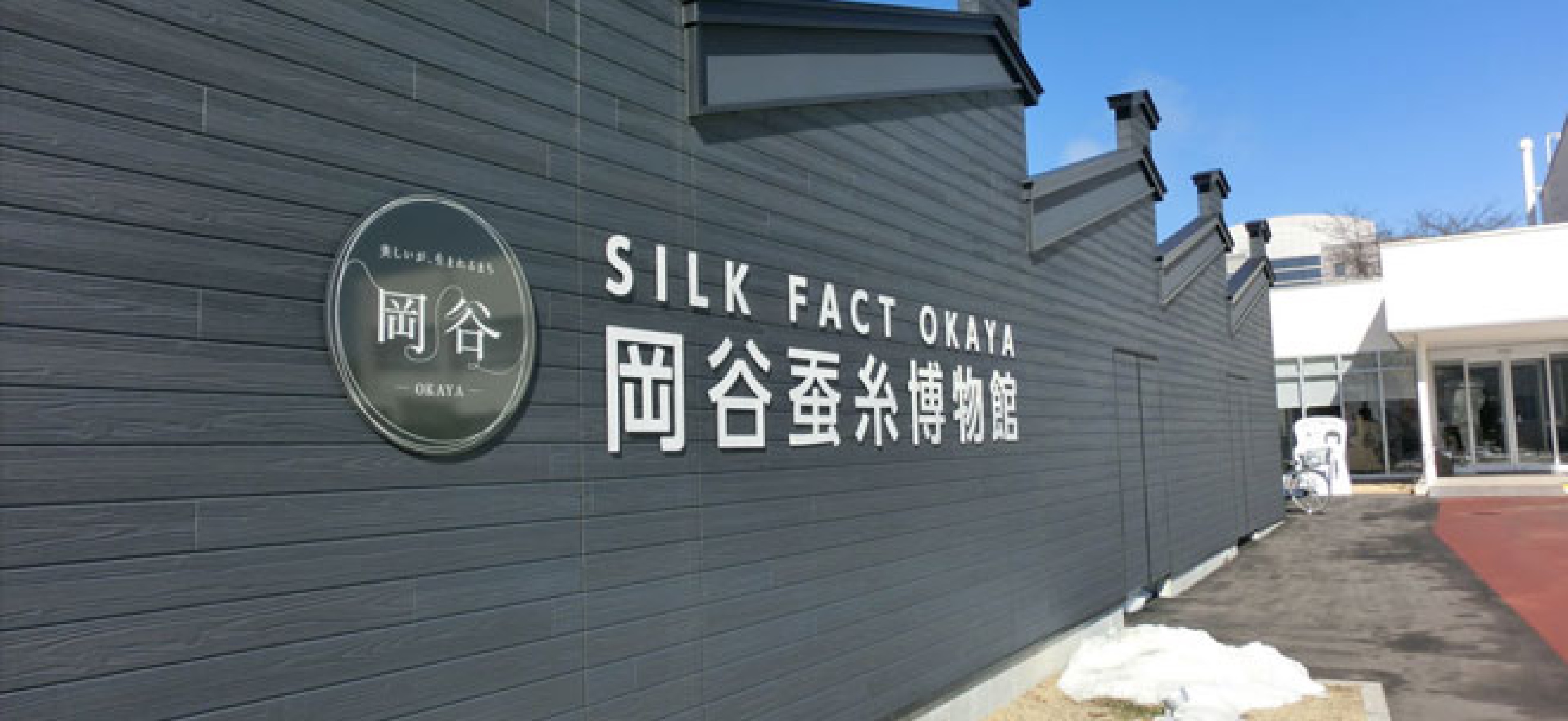 The silk industry
The silk industry
The “Silk Fact Okaya (Okaya Silk Museum)”, which conveys the techniques and culture of silk making, is a unique facility with a silk mill attached to it. It offers many valuable exhibits, such as the world’s only French-style spinning machine that was in operation when the Tomioka Silk Mill was founded.
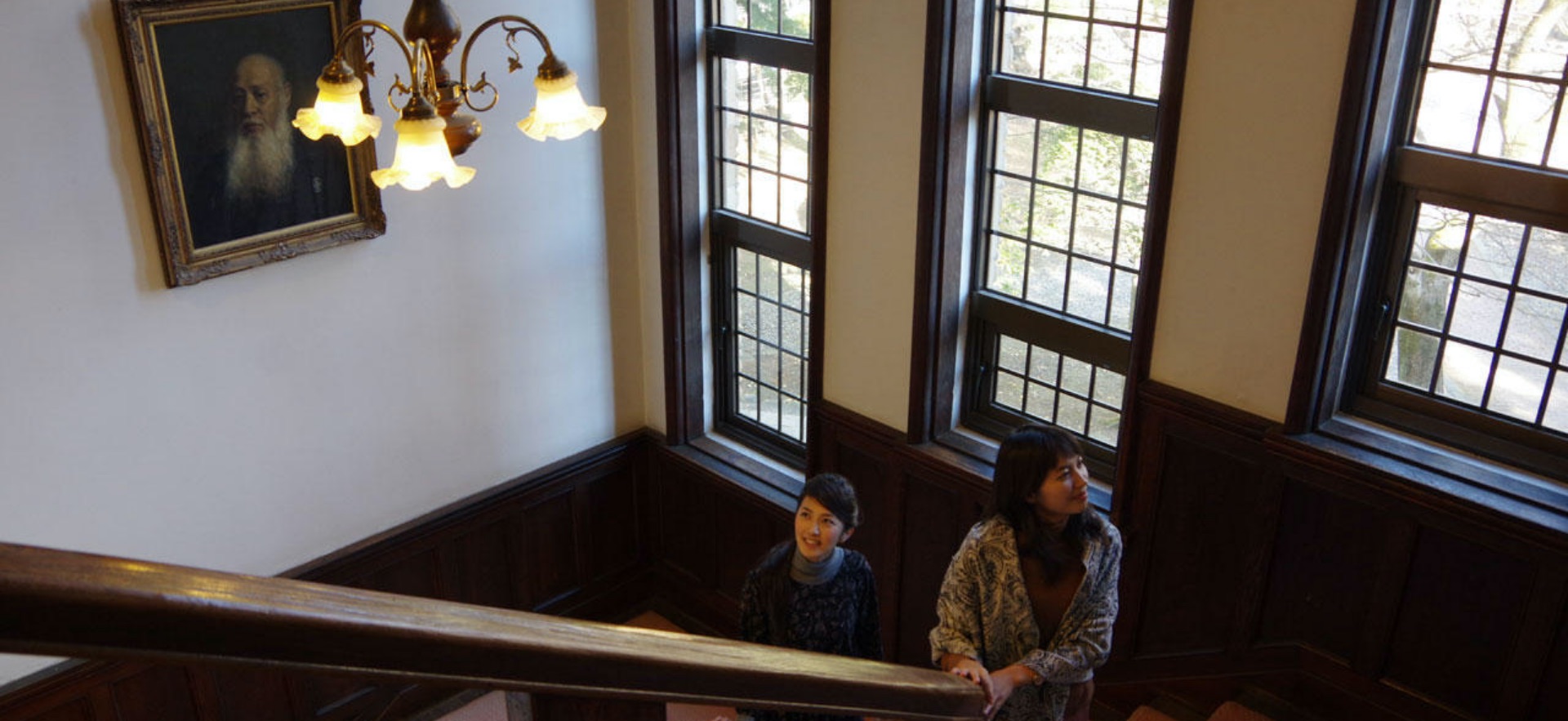
The Tomioka Silk Mill in Gunma Prefecture is a government-owned factory recognized as a World Heritage Site.
Katakura Industries, which was operating a silk spinning industry in the current Okaya city near Lake Suwa, acquired the Tomioka Silk Mill in the early Showa era and made efforts to preserve and manage it.
During the peak of production, one-fourth of domestic silk was being produced in the Suwa area, and the heritage of Katakura Zaibatsu and Kanetaro Katakura, also known as the silk emperor, is still preserved around Lake Suwa.
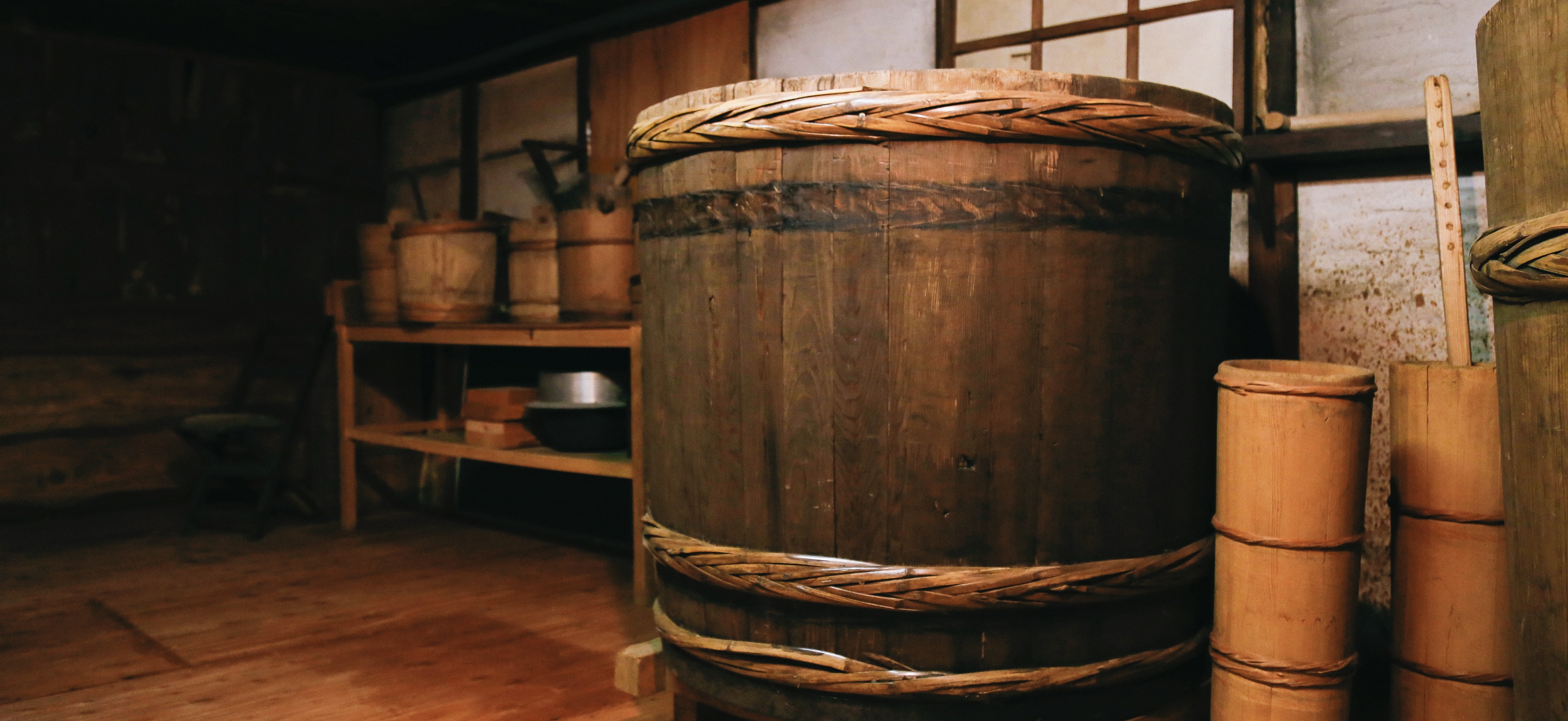 Fermentation culture
Fermentation culture
The natural water flowing from Yatsugatake and Kirigamine, the large temperature difference between day and night, and the clear air have contributed to the fermentation culture and the construction of many sake and miso breweries that are still used today.
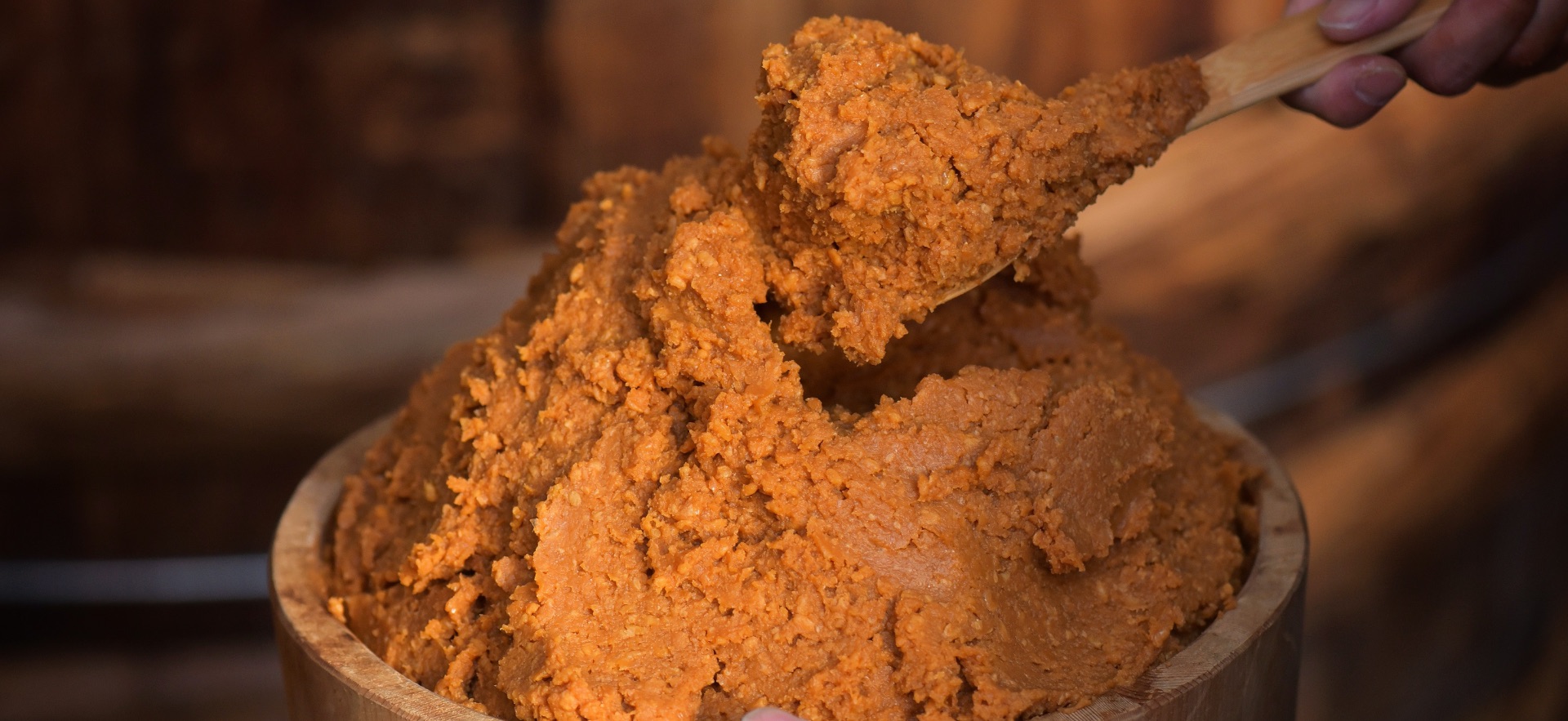
The magnificent nature of the Suwa area is closely linked to not only faith and culture, but also lifestyle and food culture.
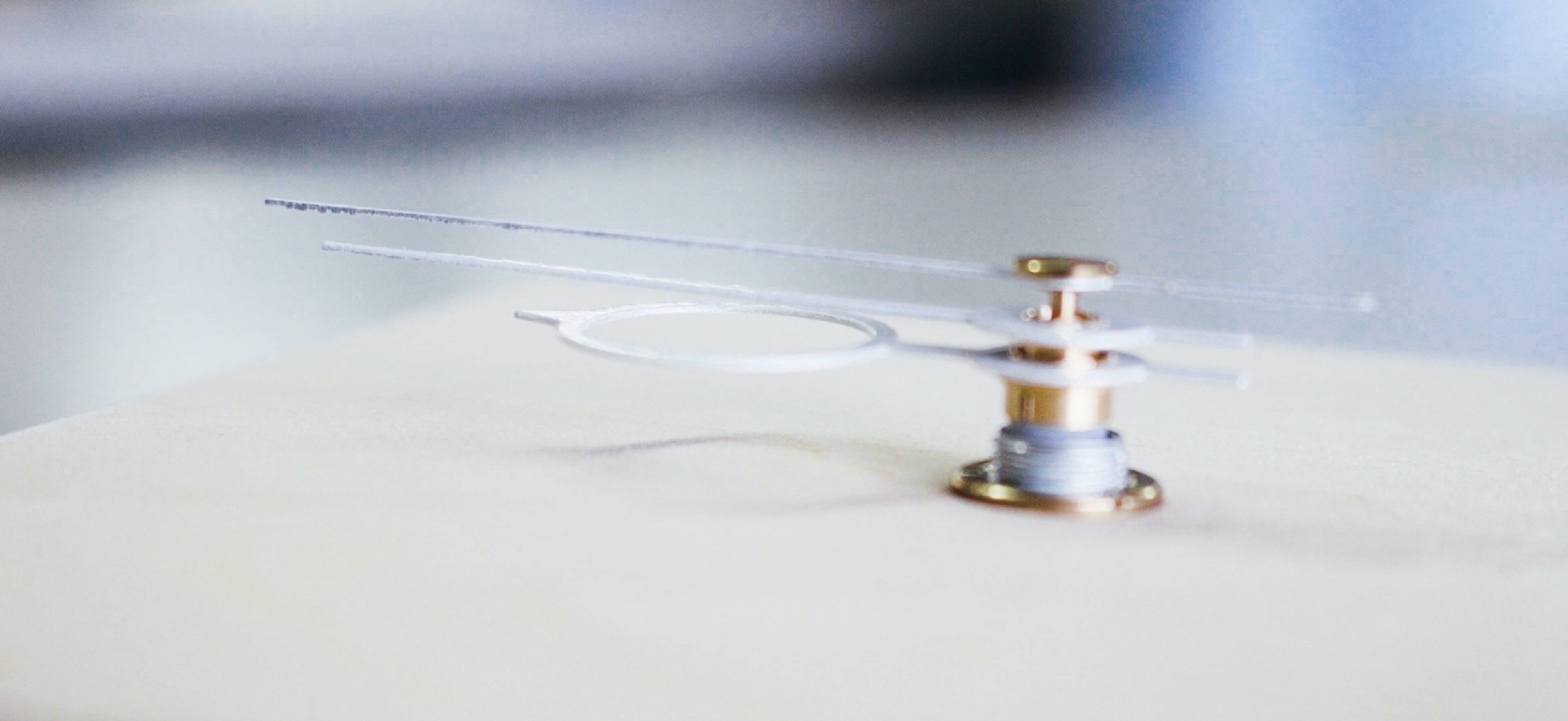 Precision industry
Precision industry
The clear air, abundant water supply, and dry climate in the Suwa area have led to the development of industries such as the silk-spinning industry and the production of precision equipment, and as the “Oriental Switzerland”, the region has developed manufacturing technologies for cameras, watches, and music boxes.
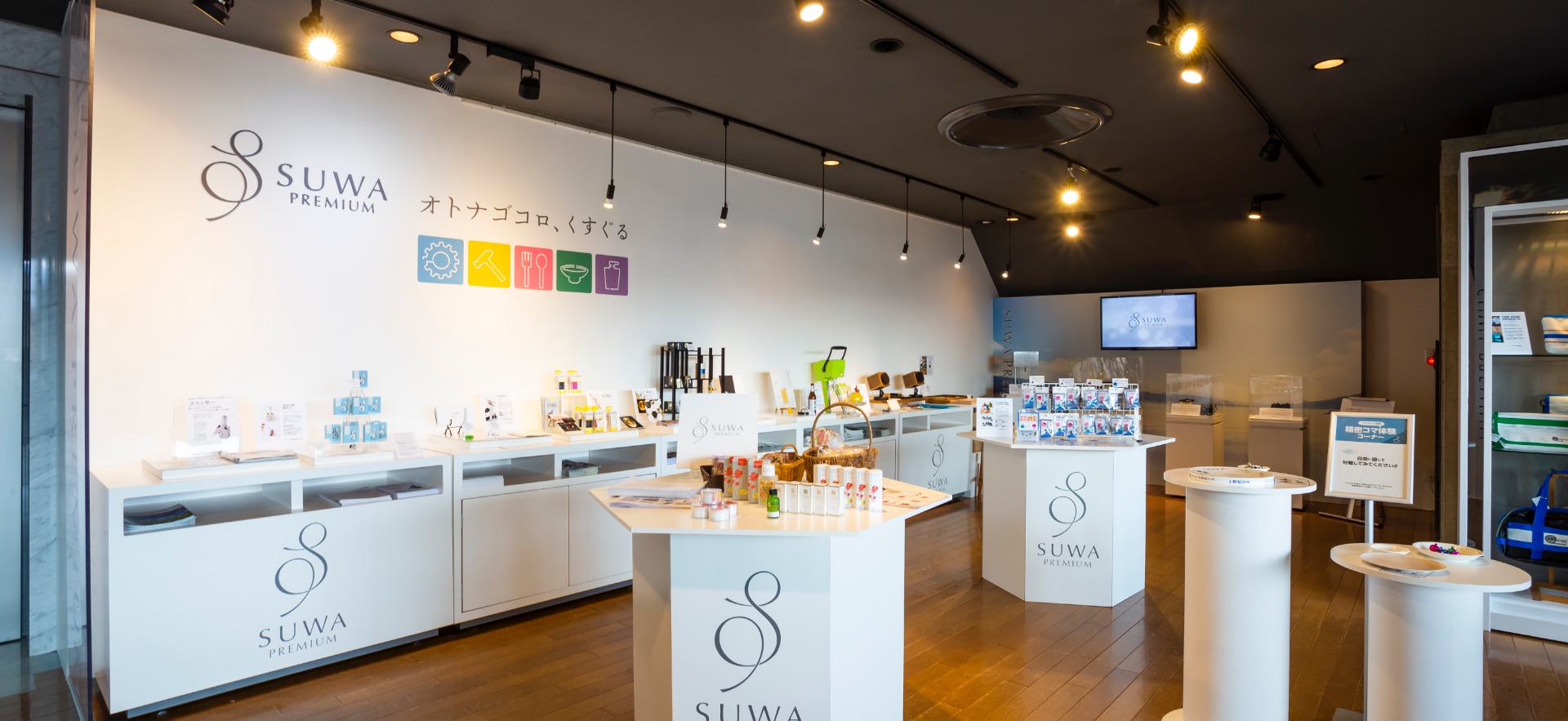
A beautiful environment surrounded by nature including mountains and lakes, manufacturing, sightseeing, history and culture. “SUWA Premium” is a selection of products brought by the uniqueness of the Suwa area with various characteristics under the concept of “clear and delicate”.
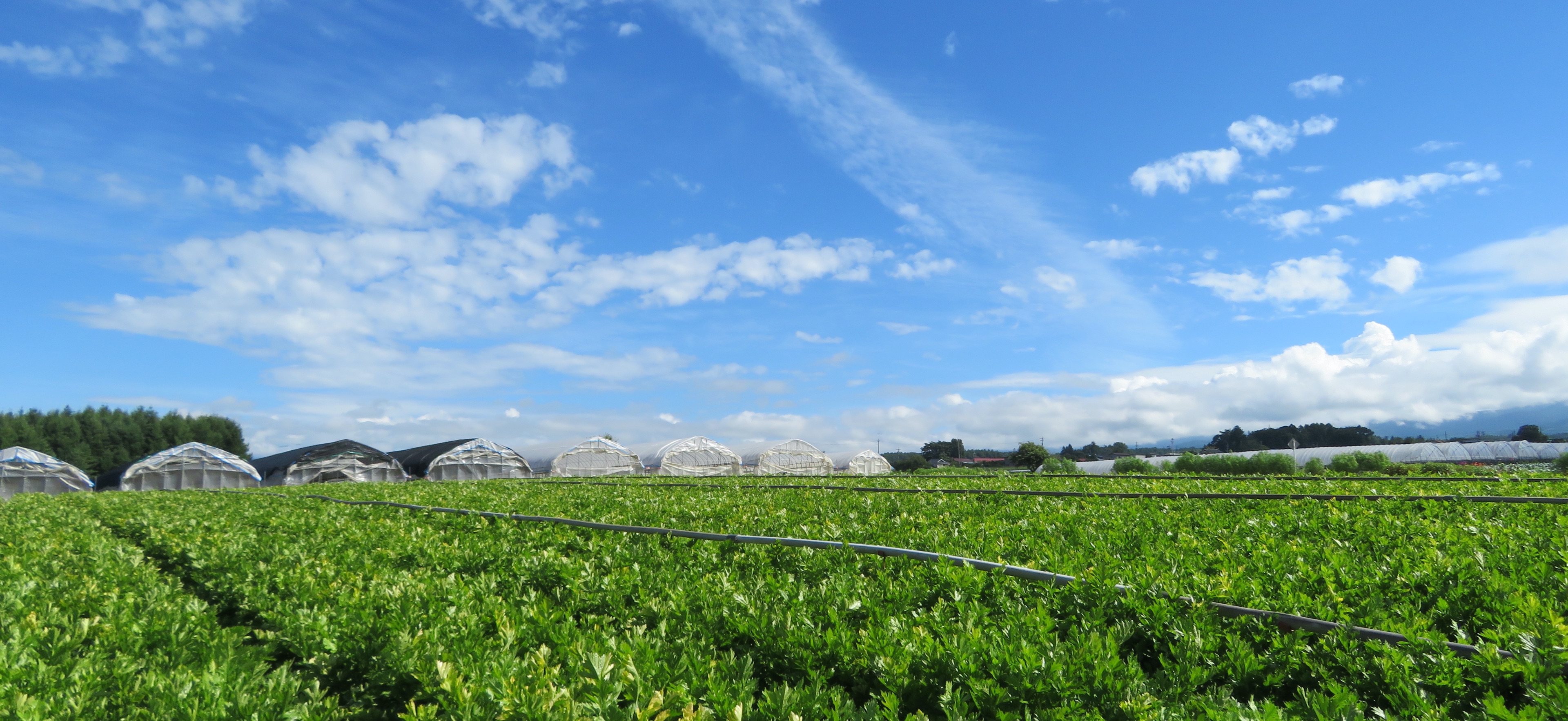 Agriculture
Agriculture
The high amount of sunny days and the cool climate unique to land above 1,000m provide an ideal environment for fresh and delicious fruits and highland vegetables to grow.
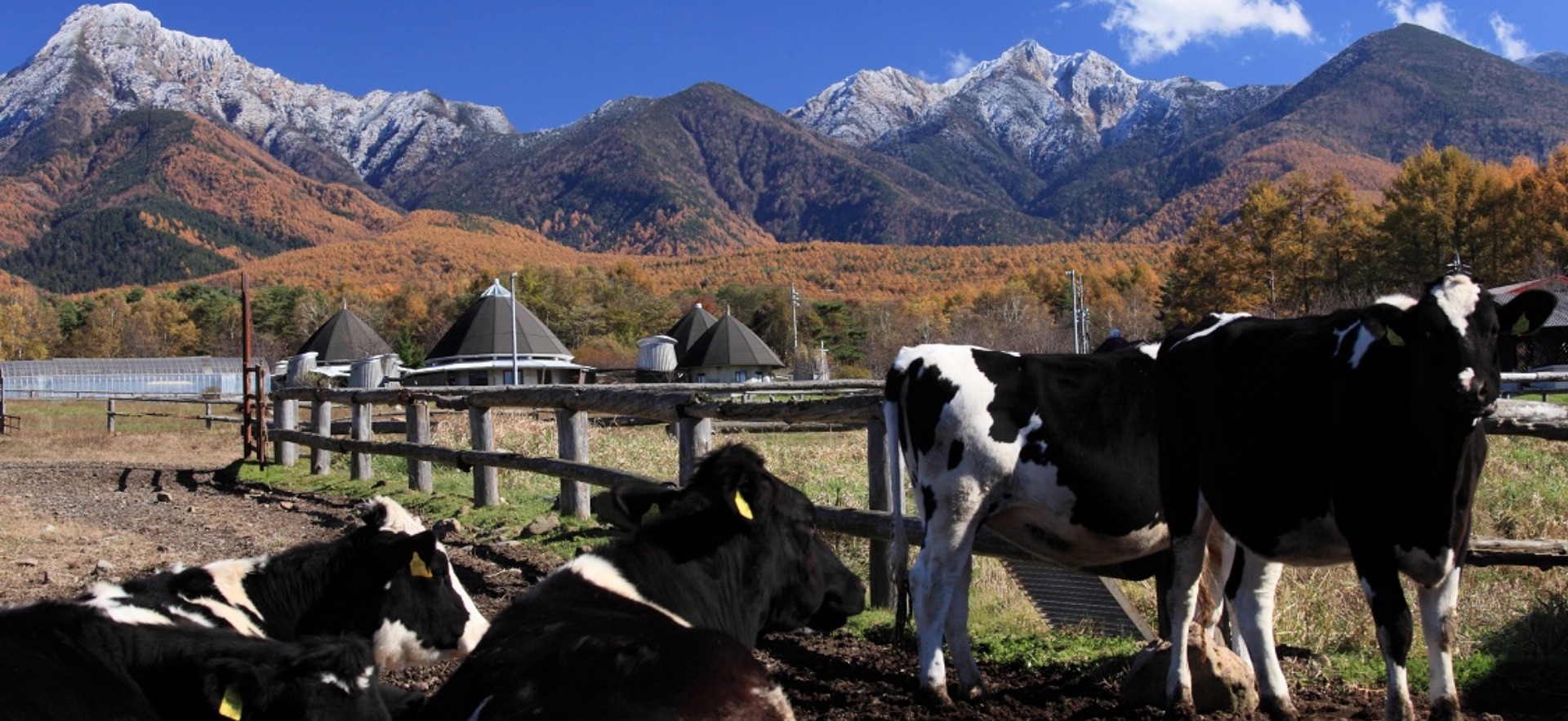
The Yatsugatake Central Agricultural Vocational College campus extends vastly through the highland area.
Around 150 dairy cows, 10,000 chickens, and many other animals such as goats and sheep are bred here.
There is a direct sales office on the premises where you can enjoy milk, dairy products and vegetables produced at the school.